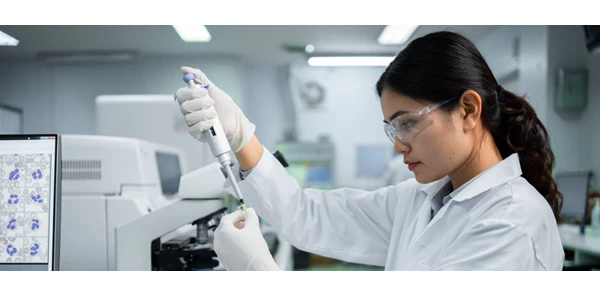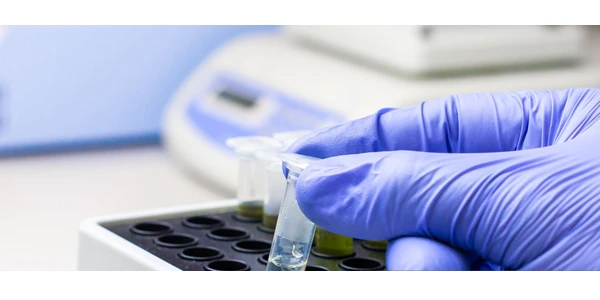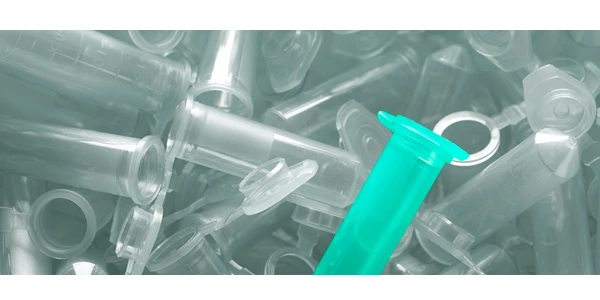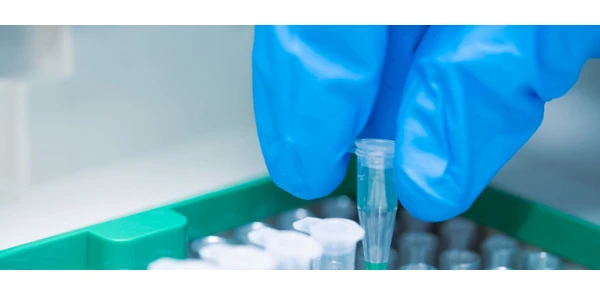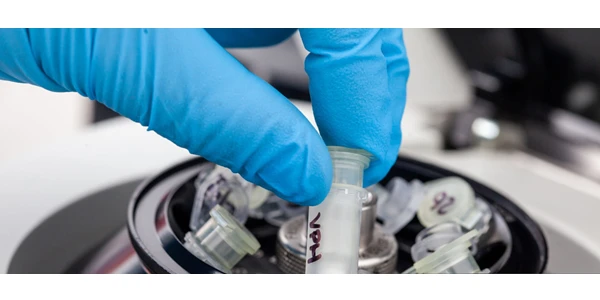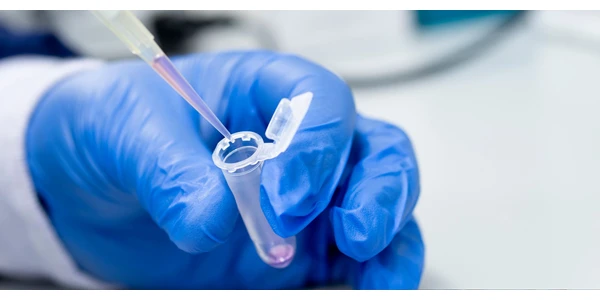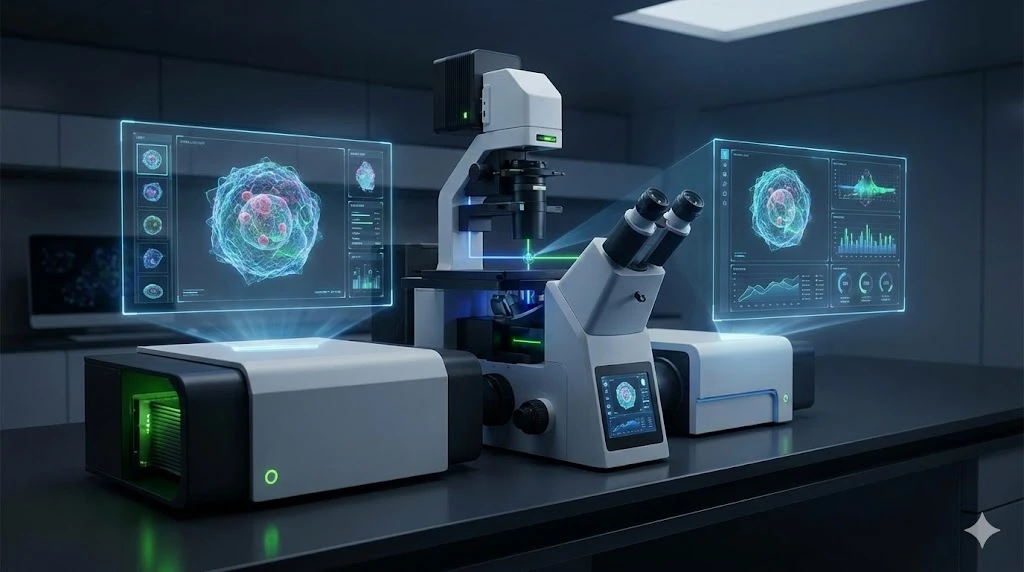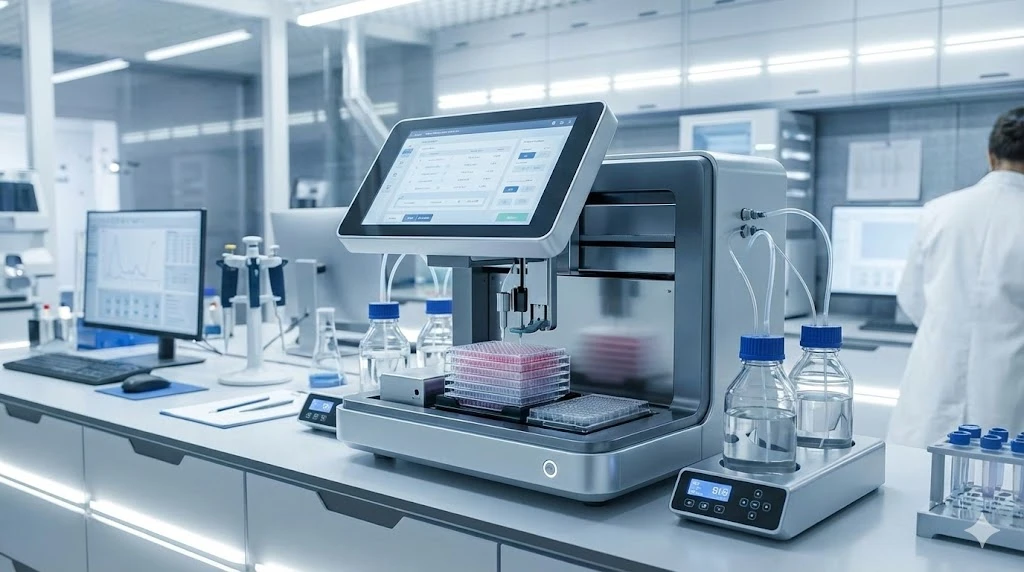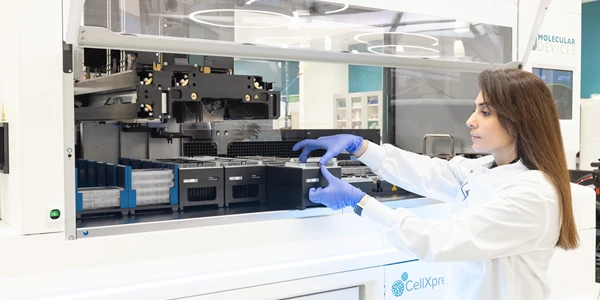Sustainability, Support, and Future-Proofing Your qPCR Purchase
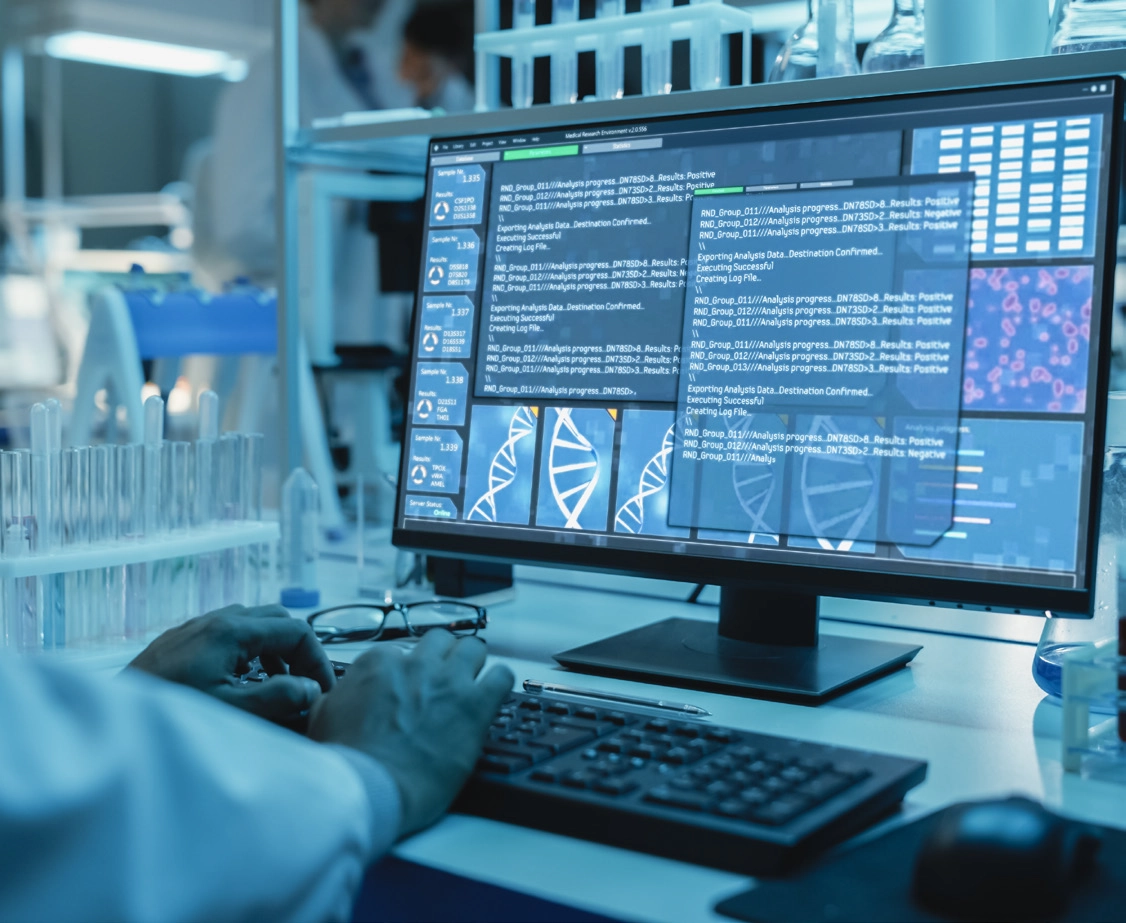
Investing in a quantitative PCR (qPCR) system is a significant decision for any laboratory, given the costs and importance of these systems in diagnostics, research, and quality control. For example, a clinical lab that invested in a high-throughput qPCR system saw a 30% reduction in turnaround time for diagnostic tests, significantly improving patient outcomes and lab efficiency. (source: Thermo Fisher Scientific - Real-Time PCR Applications). In addition to considering the system's current performance, laboratories should also think about the long-term implications of their purchase. Ensuring sustainability, securing adequate support, and making future-proof choices can help extend the lifespan of your investment and maximize its value. This article explores these crucial aspects to help you make an informed qPCR purchase that meets both current and future needs.
Sustainability Considerations for qPCR
As the importance of environmental responsibility grows, laboratories must take sustainability into account when purchasing qPCR systems. Here are some factors to consider:
Energy Efficiency: Look for qPCR systems that feature energy-efficient designs. Systems that use less power not only contribute to lower operational costs but also help reduce the lab's carbon footprint. Some manufacturers highlight the energy-saving features of their models, so make sure to evaluate and compare these specifications.
Consumable Waste Reduction: The consumables used in qPCR, such as plastic tubes, plates, and pipette tips, can contribute to significant waste, as does the packaging for the initial delivery. Opt for systems that offer options for minimizing consumable use, such as the ability to use smaller reaction volumes. Reusable plates or those made from environmentally friendly materials can also help reduce waste.
Longevity and Ability to Upgrade: A key element of sustainability is maximizing the useful life of your equipment. Choose qPCR systems from manufacturers that offer upgrade options to keep the system current with advancements in technology, such as new software capabilities or additional detection channels. A system that can be upgraded reduces the need for frequent replacements, which helps conserve resources.
Manufacturer’s Sustainability Initiatives: Consider the environmental policies of the manufacturer. Companies that have a strong commitment to sustainability, such as implementing recycling programs for old equipment, using eco-friendly packaging, or adhering to green manufacturing processes, are more likely to produce eco-friendly products.
qPCR Support and Service
Reliable support and service are essential for ensuring your qPCR system operates effectively throughout its lifecycle. When making a purchase decision, consider the following aspects of support:
Service Contracts and Warranty: Choose a manufacturer that offers comprehensive service contracts and warranty options. These agreements can cover preventive maintenance, repairs, and even replacement parts, providing peace of mind and minimizing unexpected expenses.
Technical Support: Make sure the manufacturer provides accessible technical support. A responsive technical support team can help resolve issues quickly, minimizing downtime and ensuring your lab continues to operate smoothly. Look for manufacturers that offer multiple channels of support, including phone, email, and live chat.
Training and Resources: Effective use of a qPCR system requires proper training. Some manufacturers offer interactive workshops, virtual simulations, or online courses to help lab personnel become proficient in using the system. Some manufacturers offer on-site training, online courses, or webinars that can help lab personnel become proficient in using the system. Choose a supplier that provides comprehensive training options and educational resources to ensure your team can use the equipment effectively.
Replacement Parts Availability: Confirm that the manufacturer offers readily available replacement parts. The availability of parts can significantly reduce the time needed for repairs and prevent prolonged downtime, which is especially critical for labs that rely heavily on qPCR for routine work.
Future-Proofing Your qPCR Purchase
To make the most of your investment, it's crucial to consider how future-proof a qPCR system is. Technology evolves rapidly, and investing in equipment that can adapt to changing needs is a smart choice. Here are some tips for future-proofing your qPCR purchase:
Scalability: Consider whether the qPCR system can scale up as your lab’s needs grow. A scalable system might support higher throughput by accommodating larger plates or offer the flexibility to add more detection channels in the future. Scalability is essential for growing laboratories looking to expand their capabilities without needing a complete equipment overhaul.
Software Updates and Compatibility: A key aspect of future-proofing is software. Choose a qPCR system with regularly updated software that incorporates the latest features and improvements. Additionally, ensure that the software is compatible with other systems in your lab to avoid integration issues. Open-source or widely compatible software options can provide more flexibility for future integrations.
Multiplexing Capabilities: Multiplexing allows for the simultaneous detection of multiple targets in a single reaction, enhancing efficiency and reducing reagent use. Even if your lab does not currently require multiplexing, investing in a system capable of performing multiplex assays can prepare your lab for future needs and save costs down the line.
Modular Design: Some qPCR systems are designed with a modular approach, allowing labs to add new features or capabilities as they become available. For example, a system may offer optional modules for expanded fluorescence detection or faster thermal cycling. Modular designs allow for greater flexibility and ensure that your equipment remains relevant even as technology advances.
Third-Party Compatibility: As laboratory technology evolves, integration with other lab equipment becomes increasingly important. Ensure that the qPCR system you choose is compatible with third-party instruments and software. This capability can facilitate streamlined workflows, data sharing, and integration with laboratory information management systems (LIMS).
Final Thoughts
Sustainability, support, and future-proofing are critical aspects to consider when purchasing a qPCR system. By choosing an energy-efficient, upgradeable system from a manufacturer with strong support and service options, you can ensure that your investment is both environmentally responsible and ready for future challenges. Furthermore, investing in scalability, modular design, and third-party compatibility will help your lab remain agile in an ever-evolving scientific landscape. Taking these practical considerations into account will not only enhance the value of your qPCR purchase but also ensure long-term reliability and effectiveness.
